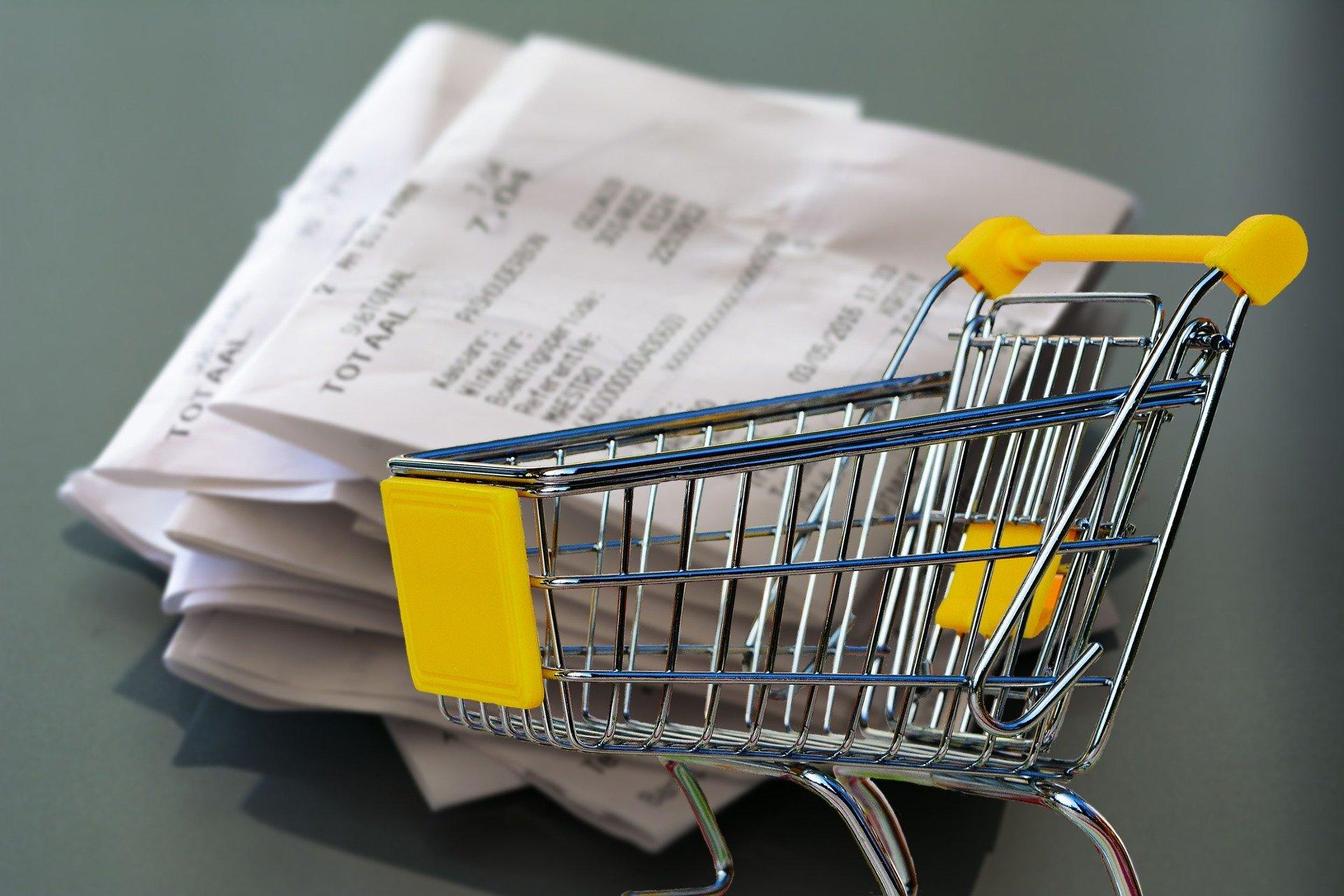Mastering Marketing
Retain More Customers Using Loyalty Programs
Loyalty programs have proven themselves to be one of the best most effective marketing tools retail markets and service providers can implement for increasing revenue and repeat customers. As many as 84% of consumers say they are more apt to stick with a brand that offers a loyalty program and 66% of customers say the ability to earn rewards changes their spending behavior.
Companies are using loyalty programs more than ever before because they understand the importance of retaining customers. It costs a lot less to market to existing customers than acquire new ones. With the dramatic increase in online sales and services directly to consumers, now is an excellent time for businesses to develop a loyalty program. This promotional tool can be used for almost any type of business. Food producers can offer free items or discounts once a certain dollar amount is purchased. Service businesses, such as lawn mowing services, can offer free mowing after the client has hired that business to mow the lawn a certain number of times.
What exactly is a loyalty program? While the specifics of a program may differ, the basic premise is instituting a marketing system that rewards purchasing behavior, thus increasing the customer’s urge to stay loyal to that brand. Loyalty programs are nothing new. Grocery stores, credit card companies, and specialty foods retailers have used them for years. Most loyalty programs reward customers with coupons, or discounts, or special offers based on the dollar value of the goods and services they purchase.
The components for implementing a customer loyalty program can be as sophisticated as a computerized system that records purchases at checkout and links them to an identifier such as a telephone number that is keyed in during the transaction. Most Point-of-Sales systems offer this kind of tracking as an add-on app. The most realistic system for smaller retailers is to transfer the record-keeping system to the customer. Here are some examples:
- Purchase amounts are recorded on a business-size paper card using a “punch”, rubber stamp, or salesclerk’s initials. After so many punches or a certain sales total is reached, the customer earns a discount or free item.
- Customers collect tokens, each representing a certain amount in dollars purchased. For example, each token represents $10. Tokens can be redeemed, up to a certain amount, on future purchases.
- Customers collect sales receipts and once a certain amount has been purchased, the customer is entitled to a free item or discount.
With the paper or token system, customers should be told that they need to keep track of their own cards/tokens or receipts. If they are lost or damaged, they then lose their accumulated values. Once in place, advertise your loyalty program through all possible methods: newsletters, Internet sites, and use in-store displays. Announce that anyone can join but stress that rewards are based on an accumulation of purchases. This type of program has a better chance of increasing profits and can give a better indication of which customers are loyal.
However, a loyalty program alone does not guarantee repeat sales. It is equally important that shoppers have a consistently good shopping experience, are well treated by the staff, and find consistently high-quality goods or services each time they patronize your business. Your loyalty program can also send a message to your current and future customers that while you need to profit from their purchases, you want to develop a relationship with customers that is beneficial to them too.
References
Olenski, Steve, “8 Reasons Loyalty Programs Are Imperative to Marketers”
https://marketingland.com/8-reasons-loyalty-programs-imperative-marketers-109077
December 2014
Peacock, Lindsey. “10 Examples of Innovative Customer Loyalty Programs”
https://www.shopify.com/blog/loyalty-program
September 2018
Kelly, Kathy. “Using Loyalty Programs to Attract Customers to Value-added Business”
https://extension.psu.edu/using-loyalty-programs-to-attract-consumers-to-value-added-businesses
November 2015
Mastering Marketing is produced by Ginger S. Myers and is published periodically containing important seasonal marketing information.
